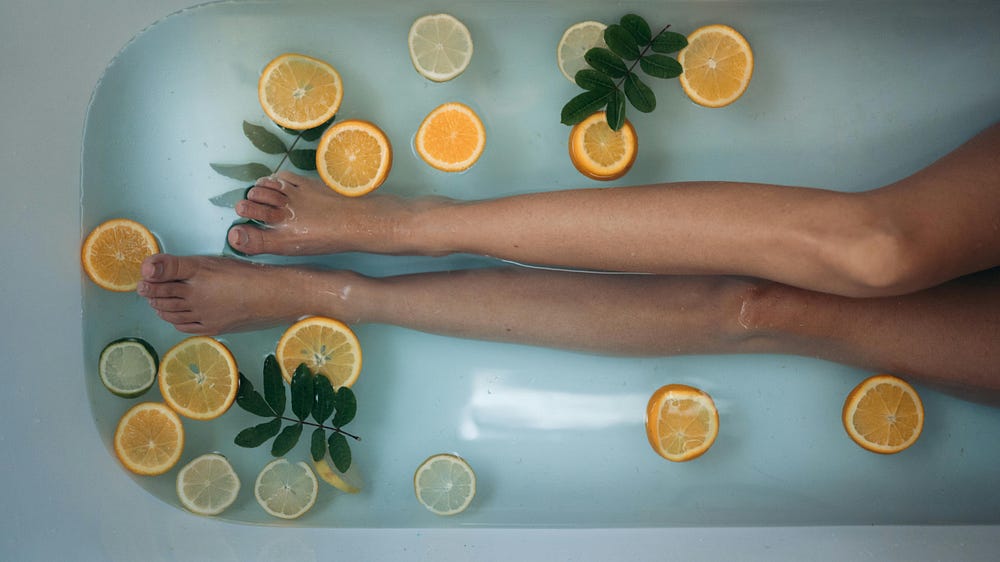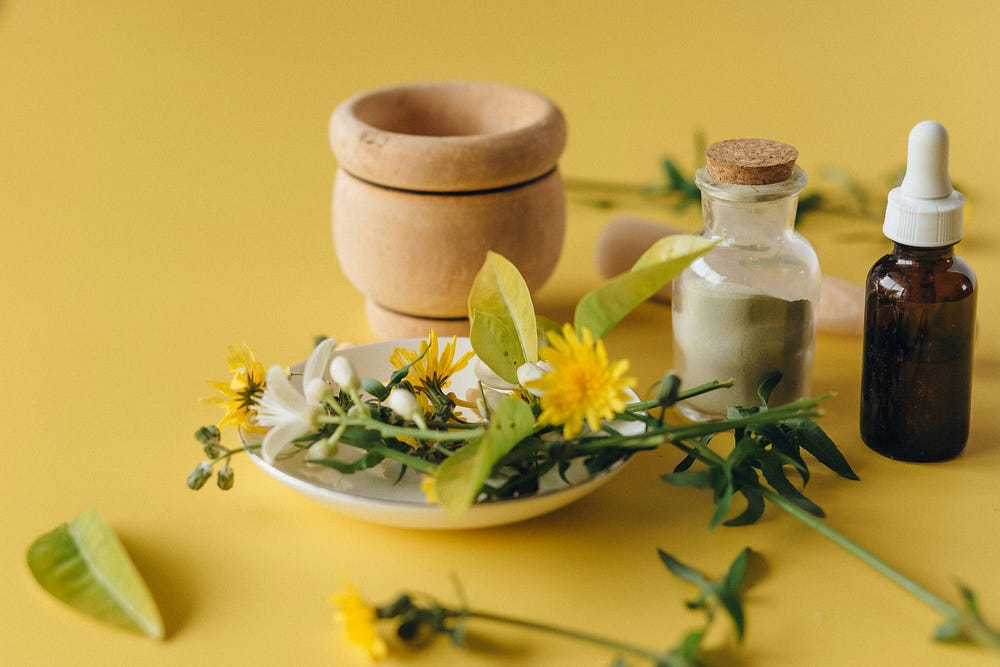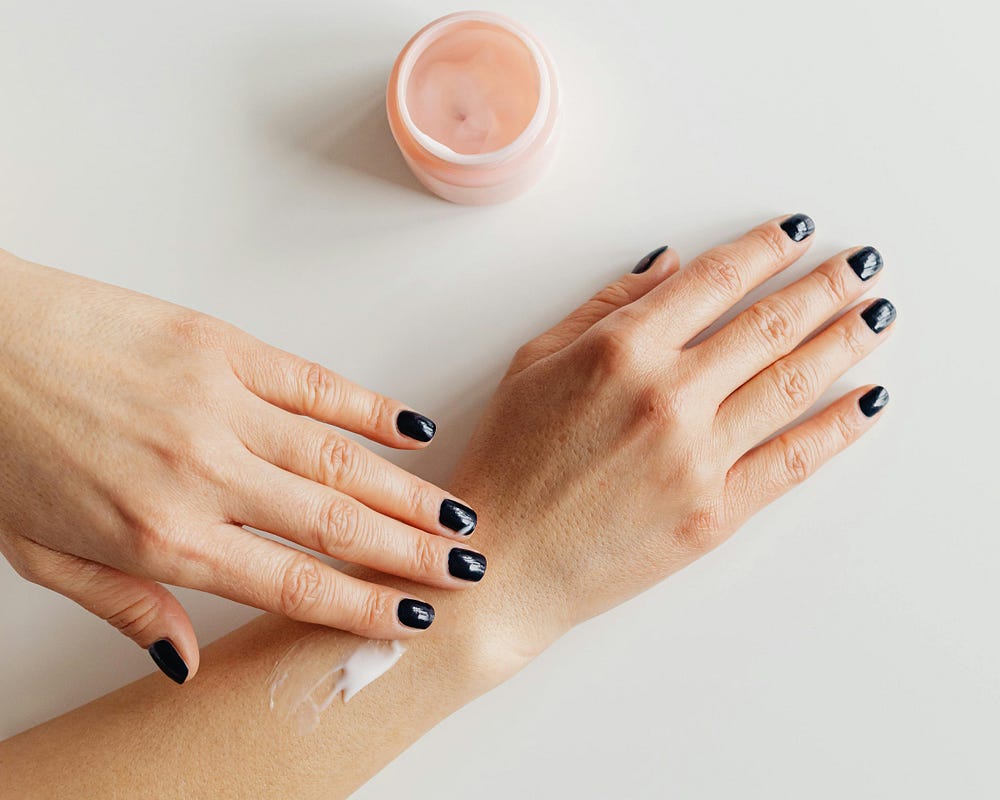Natural Sunscreen Alternatives That Actually Work: Protect Your Skin Naturally with These Effective Alternatives
Sun Protection Made Simple
Imagine this,
a sunlit day at the beach, soft waves lapping at the shore, and your skin glowing not burning, thanks to a protective layer you’ve crafted yourself.

Yes, natural sunscreen alternatives are more than just a dream; they’re a reality that blends safety, beauty, and eco-consciousness. Ready to transform your skincare game with DIY sun care solutions? Let’s dive in!
Why Choose Natural Sunscreen Alternatives?
Commercial sunscreens often contain chemicals that might irritate your skin or harm the environment. But natural alternatives? They’re like a gentle hug for your skin. Using ingredients you can trust, you’re not just protecting your body you’re embracing a healthier, more sustainable lifestyle.
Benefits of Natural Sunscreens:

- Chemical-Free: Avoid synthetic additives that can harm sensitive skin.
- Eco-Friendly: Protect marine life by skipping oxybenzone and other harmful chemicals.
- Customizable: Tailor recipes to suit your specific needs, from dry to oily skin.
- Nourishing Ingredients: Natural sunscreens often include skin-loving components like shea butter and coconut oil for added hydration.
- Affordable: Many DIY sunscreens are cost-effective, using ingredients readily available in your kitchen.
- Non-Toxic: Safe for all ages, including children, without worrying about harmful side effects.
- Supports Local Economy: Choosing organic ingredients often supports small businesses and local farmers.
- Gentle on Skin: Perfect for people with allergies or skin conditions, as they reduce the risk of irritation.
- Biodegradable: Contributes to less pollution and promotes sustainable tourism in sensitive areas like coral reefs.
- Multi-Use Ingredients: Many natural sunscreen components double as moisturizers or antioxidants, enhancing overall skin health.
What do you think? If you’ve used natural sunscreens, share your experience in the comments below! Have questions about how to make your own? Drop them here! 🌿
Key Ingredients in Natural Sunscreen

When it comes to protecting your skin with natural sunscreens, the magic lies in the ingredients. These natural powerhouses not only shield your skin from the sun but also provide additional skincare benefits. Here’s a deeper dive into each one:
1. Zinc Oxide
- Why It Works - This mineral is a superstar for broad-spectrum protection, effectively blocking both UVA and UVB rays.
- Additional Benefits - Non-irritating and suitable for all skin types, including sensitive skin. It also has anti-inflammatory properties, making it ideal for acne-prone or irritated skin.
- Fun Fact - Zinc oxide sits on the skin’s surface, reflecting UV rays like a shield rather than absorbing them like chemical sunscreens.
2. Coconut Oil
- Why It Works - Naturally moisturizing with mild SPF properties (SPF 4–5), it helps keep skin hydrated while offering a small degree of sun protection.
- Additional Benefits - Rich in antioxidants and lauric acid, it fights free radicals and reduces inflammation.
- Caution - While great as a supplementary ingredient, it shouldn’t be relied upon as your primary sunblock.
3. Shea Butter
- Why It Works - Shea butter provides SPF 4–6 and forms a protective barrier on the skin to lock in moisture.
- Additional Benefits - Packed with vitamins A and E, it soothes dry, cracked skin and promotes healing.
- Perfect For - People with dry or sensitive skin looking for extra hydration alongside sun protection.
4. Carrot Seed Oil
- Why It Works - This powerhouse boasts an estimated SPF of around 40, making it an exceptional option for sensitive skin.
- Additional Benefits - Rich in beta-carotene and antioxidants, it supports skin rejuvenation and prevents aging caused by sun exposure.
- Ideal Use - Blend it with a carrier oil for safe application as part of a DIY sunscreen.
5. Red Raspberry Seed Oil
- Why It Works - Known for its natural SPF range of 28–50, this oil provides broad-spectrum protection and is a rich source of antioxidants.
- Additional Benefits - It also contains essential fatty acids that nourish the skin and help repair damage.
- Pro Tip - Mix with other natural ingredients to enhance its protective properties and improve texture.
6. Aloe Vera
- Why It Works - While not a sunscreen itself, aloe vera soothes and hydrates the skin, acting as a perfect base for homemade sunscreens.
- Additional Benefits - Its cooling effect helps calm inflammation and redness caused by sun exposure.
- Extra Tip - Use fresh aloe gel for the best results when crafting your own sunscreen.
7. Beeswax
- Why It Works - Beeswax acts as a natural emulsifier, helping to bind all the ingredients in a DIY sunscreen recipe.
- Additional Benefits - It creates a water-resistant barrier, enhancing the durability of your natural sunscreen.
- Perfect Pairing - Combine with zinc oxide and carrier oils for a long-lasting protective blend.
These ingredients aren’t just effective; they’re also kind to your skin and the environment. Have you tried any of these in your skincare routine? Share your experience in the comments below! 🌿
Quick Tip: Always test a small patch before applying a DIY recipe to your entire face.
How to Make Your Own Sunscreen at Home

Feeling crafty? Here’s how to create a protective, natural sunscreen with simple ingredients. Follow these steps for a safe, effective, and eco-friendly blend:
DIY Natural Sunscreen Recipe
Ingredients:
- 2 tbsp zinc oxide
- 1/4 cup coconut oil
- 1/4 cup shea butter
- 2 tbsp red raspberry seed oil
- 5 drops lavender essential oil (optional, for fragrance)
Steps:
1. Melt the Base Oils
- Combine coconut oil and shea butter in a heat-safe bowl.
- Use a double boiler to gently melt them together over low heat. Stir occasionally.
2. Cool the Mixture
- Remove the bowl from heat and allow it to cool slightly. This prevents zinc oxide from clumping when added.
3. Incorporate Zinc Oxide
- Slowly stir in the zinc oxide using a whisk or spatula. Ensure even distribution for effective sun protection.
4. Add Natural Boosters
- Mix in red raspberry seed oil and optional lavender essential oil for added SPF and a pleasant scent.
5. Check the Consistency
- If the mixture feels too thick, you can add 1–2 teaspoons of liquid oil (like olive or jojoba oil) to adjust its texture.
6. Pour into Storage
- Carefully pour the mixture into a sterilized glass jar or tin.
7. Set & Store Properly
- Allow the sunscreen to cool and solidify at room temperature. Store in a cool, dry place to maintain its potency.
Now you’re ready to enjoy the sun safely with your homemade sunscreen! 🌞
Application Tips for Maximum Protection

Even the best natural sunscreen requires proper use to ensure maximum effectiveness. Follow these tips for optimal sun safety:
- Apply 15 Minutes Before Exposure
Give your skin time to absorb and create a protective barrier. - Use a Generous Amount
Ensure all exposed areas, including often-missed spots like ears and back of the neck, are well-covered. - Reapply Every Two Hours
Especially important after swimming, sweating, or towel drying. - Pair with Protective Measures
Combine sunscreen with wide-brimmed hats, sunglasses, and UV-protective clothing for added defense. - Avoid Peak Sun Hours (10 AM to 4 PM)
The sun’s rays are strongest during these hours, increasing the risk of skin damage. - Don’t Forget Your Lips
Use a lip balm with SPF to protect this delicate skin from UV damage. - Shake Well Before Use
If you’ve made your own sunscreen or are using natural formulas, shaking ensures even ingredient distribution. - Apply on Cloudy Days
UV rays penetrate clouds, so sunscreen is necessary even when the sun isn’t visible. - Layer with Makeup Mindfully
Apply sunscreen before foundation or opt for makeup with added SPF. - Patch Test First
Test natural sunscreen on a small area of your skin to ensure no allergic reaction occurs.
With these tips, you can confidently step out into the sun, knowing you’re well-protected! 🌞
Frequently Asked Questions (FAQs)
Is natural sunscreen as effective as store-bought options?
Absolutely, when used correctly! Zinc oxide and other natural ingredients provide reliable protection.
What if I need higher SPF?
Combine zinc oxide with red raspberry seed oil for enhanced protection.
Can I use natural sunscreen on my kids?
Yes, but ensure there’s no sensitivity to any ingredient. Always consult your pediatrician.
How often should I reapply natural sunscreen?
Reapply every two hours, or immediately after swimming or sweating, to maintain its effectiveness.
Does natural sunscreen work in water?
Many natural sunscreens are water-resistant but not waterproof. Check the formulation or avoid prolonged water exposure.
Will natural sunscreen clog my pores?
Most natural sunscreens use non-comedogenic ingredients like zinc oxide and coconut oil, making them safe for acne-prone skin.
Can I wear makeup over natural sunscreen?
Yes! Apply the sunscreen first, let it fully absorb, then layer your makeup for sun-safe beauty.
Does natural sunscreen expire?
Yes, as it contains natural oils and ingredients. Check for changes in texture or scent and follow storage instructions to ensure freshness.
These answers should help clear up doubts and empower you to make informed choices about natural sun protection! 🌞
Choosing natural sunscreen alternatives isn’t just a beauty hack; it’s a lifestyle upgrade. By embracing these solutions, you’re safeguarding your skin and the planet.
The photos featured in this article are for illustration purposes only and may not represent the actual scenes, situations, or procedures described. They are intended to enhance the reader’s understanding and visual experience of the content.
This article is a general guide. Always consult your doctor or dermatologist for personalized advice. Remember to patch test every product and do your research before trying new ingredients.
Do you have favorite natural sun care tips or recipes? Share them in the comments below! Found this post helpful? Comment, share, and spread the word.
Too busy to read? Listen to this post on Vaughn’s Podcast, available on your favorite platforms.
✨ Explore More:
- DIY Honey Face Packs: A Natural Remedy for Glowing Skin
- The Best Organic Anti-Aging Solutions You Can Make at Home
☕ If you’d like to support my work, consider buying me a coffee.
📧 Don’t miss out subscribe to my email list below for future updates!
Comments
Post a Comment